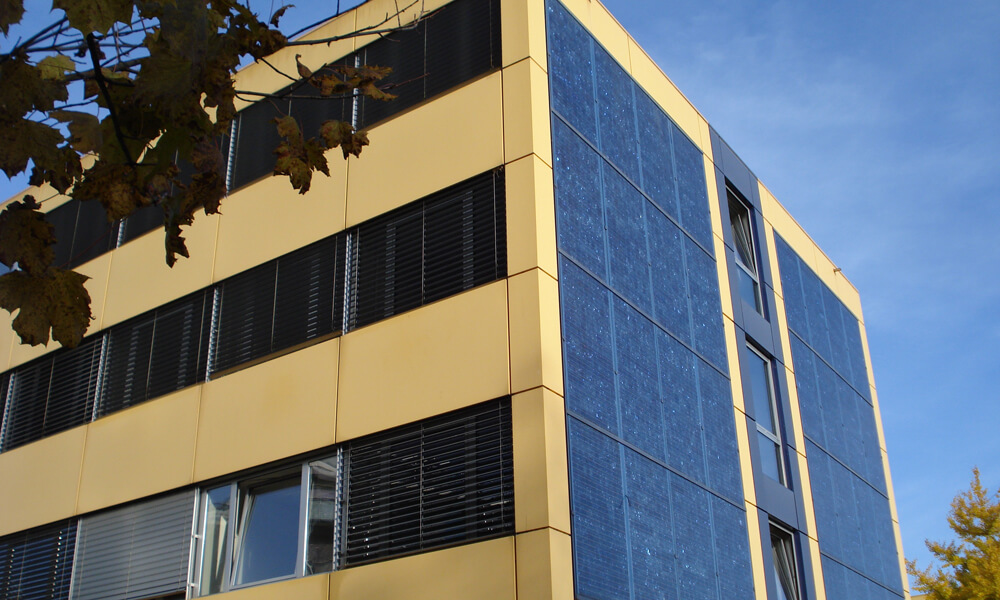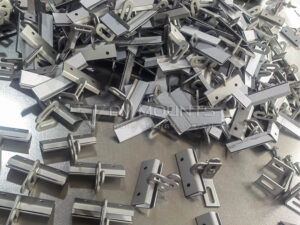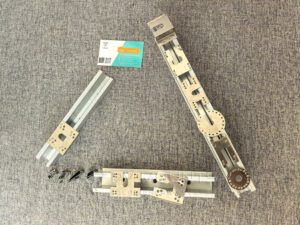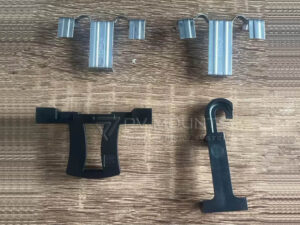A fokozódó éghajlati aggodalmak és a fogyatkozó fosszilis tüzelőanyag-készletek korában, Épületbe integrált fotovoltaika (BIPV) a fenntarthatóság világítótornyaként jelenik meg. Túllép a hagyományos napenergia-paradigmán azáltal, hogy a megújuló energia előállítását egyesíti az épületek építészeti tervezésével. A rendszer zökkenőmentesen illeszkedik a szerkezetbe, nem csupán egy kiegészítő rétegként, hanem az épület szerves részeként. A hasznosság és a tervezés sajátos keveréke a BIPV-t a jövő fenntartható építészetének sarokkövévé teszi.
Miért fontos: Az esztétikán és funkcionalitáson túl
A BIPV nem csak egy újabb technológiai előrelépés de elengedhetetlen lépés a fenntartható városi környezet felé vezető úton. Míg az esztétikai szempontok kétségtelenül vonzóak, a rendszer lényegi zsenialitása a funkcionális szempontokban rejlik. Gondoljunk csak egy felhőkarcolóra egy nyüzsgő város szívében, ahol minden ablaküveg hozzájárul az áramtermeléshez. A BIPV integrálja a napelemeket az építőanyagokba, így minden egyes szerkezet önálló erőművé válik, hozzájárulva a decentralizált energiahálózathoz. Ez az önellátás csökkenti a külső energiaforrásoktól való függőséget, csökkentve a teljes szénlábnyomot.
Típusok: Napelemek: Több mint napelemek
Amikor belemerül a BIPV-be, a következőkkel fog találkozni három elsődleges típus:
- BIPV ablakok: Átlátszó napelemek, amelyek a hagyományos üvegablakokat helyettesítik.
- BIPV homlokzatok: Fotovoltaikus anyagokkal ellátott külső falak a napenergia befogadására.
- BIPV Tető rendszerek: Napelemekkel beágyazott tetőfedő anyagok, amelyek helyettesítik a különálló berendezések szükségességét.
E változatok mindegyike egyedi megközelítést kínál a napenergia megragadására, lehetővé téve az építészeti igények és esztétikai preferenciák alapján történő testreszabást.
A hagyományos napelemekhez képest: A megkülönböztető előny
A hagyományos napelemekkel ellentétben a BIPV-rendszerek szerves részét képezik az épület építészetének. Ezek nem kiegészítők, hanem beépített megoldások. Az integráció számos előnyt kínál, többek között a szerkezeti robusztusságot, a helytakarékosságot és az építészeti rugalmasságot. A BIPV révén elért esztétikai harmónia kiküszöböli a csavarokkal felerősített napelemekkel gyakran járó szemet szúró hatást, így ez életképes megoldás olyan városi tájak számára, ahol az esztétika és a hely prémium kategóriába tartozik.
Befektetés: A pénzügyi egyenlet
Míg a BIPV kezdeti költségei meredeknek tűnhetnek, addig a a hosszú távú pénzügyi előnyöket nem lehet figyelmen kívül hagyni. Az energiamegtakarítás, a kormányzati ösztönzők és a többletenergia hálózatba történő visszaadásának lehetősége adóügyi szempontból megfontolt befektetéssé teszi. Idővel a rendszer megtérül, miközben folyamatosan hozzájárul a fenntarthatósághoz.
Kihívások és megoldások: A tájban való navigálás
Mint minden forradalmi technológiának, a BIPV-nek is vannak kihívásai - elsősorban a költségek és a hatékonyság. Azonban, a nanotechnológia és az anyagtudomány fejlődése folyamatosan növeli a fotovoltaikus cellák hatásfokát, ami egyre inkább életképes lehetőséggé teszi. A kormányzati ösztönzők és kedvezmények tovább könnyítik a kezdeti pénzügyi terheket, felgyorsítva ennek az úttörő technológiának a globális elterjedését.
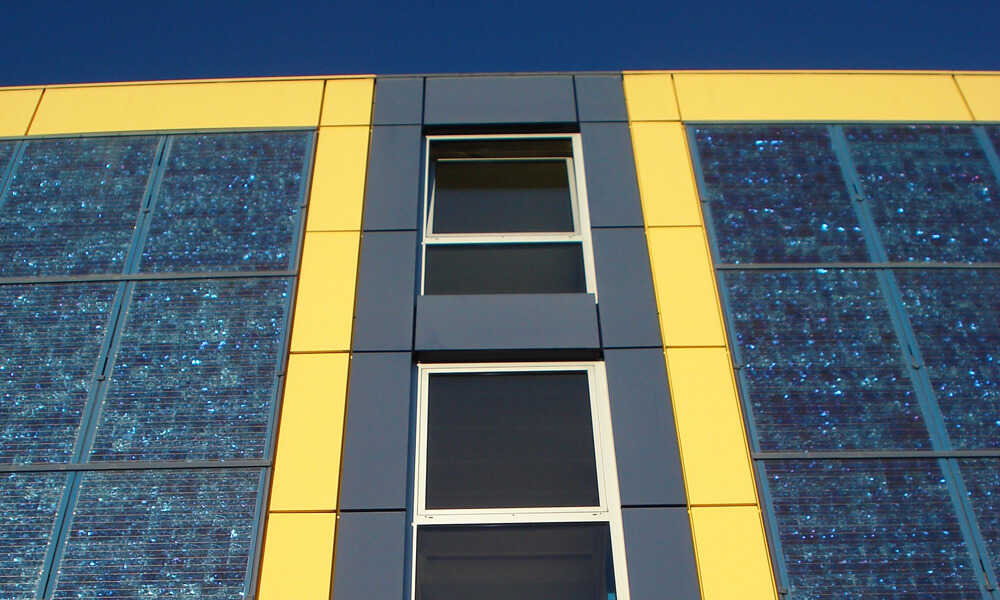
Homlokzati napelemek
A BIPV jövője: Mi vár ránk?
A BIPV-technológia által hajtott építészeti reneszánsz küszöbén állunk. A kutatás fokozódásával és a fenntartható életmódra való fokozódó összpontosítással, Mindenütt jelen lesz.. Valószínűleg egyre több lakó- és kereskedelmi épület fogja alkalmazni ezt az integrált megközelítést a megújuló energiatermelésre, ami alapvetően megváltoztatja az energiaegyenletet a jövő generációi számára.


